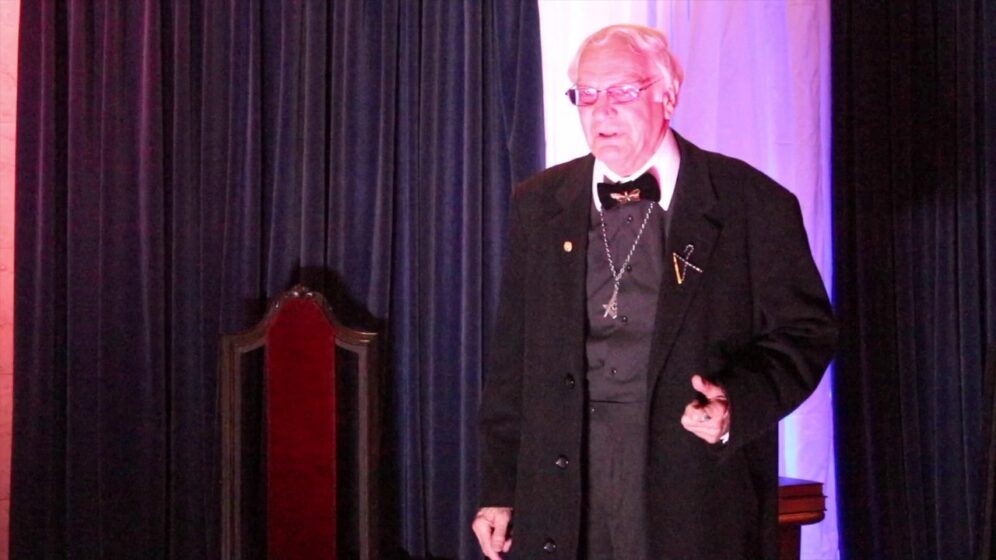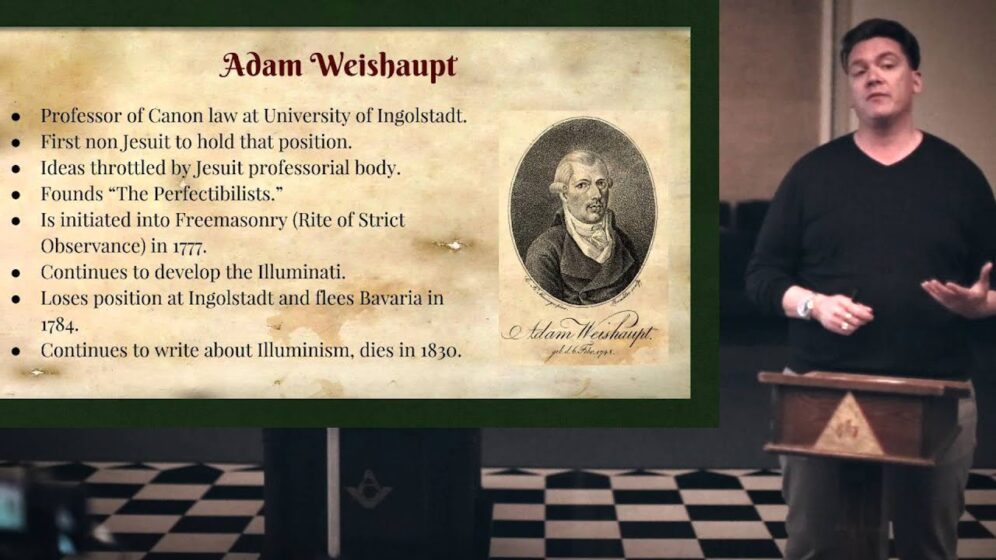The Tiler’s Sword by Bryan Godwyn, Tiler #ccmasons
For 2015, I was granted the honor of the office of Tiler for our Lodge. The sword is both the emblem and implement of my office. Much like everything in Freemasonry, the sword has many layers of meaning, both exoteric and esoteric.
Much like a hat, the sword was once considered an essential part of a gentleman’s wardrobe and ensemble. Historically, Freemasons would have to leave their swords with the Tiler before entering lodge, as nothing offensive or defensive would be allowed within the temple. Today, the Tiler is to have his sword drawn at all times, never sheathed, ready to ward off “cowans and eavesdroppers” or, in my case, the occasional person that needs someone at lodge to move a car that is blocking another vehicle.
The sword will signify many things. Classically, it is an emblem of power, but within that power lies duality. Its ability to kill or destroy is balanced with its use to defend and protect those who are in need. Thusly, it is offered as a central icon of chivalry, and no knight was considered worthy of his station until presented with his sword.
The Japanese tradition of the Katana or Samurai sword takes this metaphor further. In crafting a Katana, a master craftsman stays awake for three days and three nights to tend the furnace that produces a very unique type of steel called tamahagane. Once produced, the tamahagane is covered with a precise mixture of clay and ash to prevent its oxidation. The carbon undergoes a meticulous three month process of hammering and folding to drive out any impurities. Man must approach waging peace with the same persistence and concentration that the master craftsman applies to the Katana when he attempts to drive out the impurities of life. Those familiar with Alchemical traditions will immediately see additional similarities in this process.
The Knights Templars would swear never to draw their swords unless convinced of the justice of the cause in which they were engaged, nor sheathe it until their enemies were subdued. Many swords used in this tradition, especially those from Spain, often bore the following engraving: “No me saques sin razon. No me embaines sin honor,” meaning “Do not draw me without justice, do not sheath me without honor.”
Traditionally, the Tiler’s sword should be a “Flamberge”, or a sword with a wavy blade, and this is still often the case in lodges throughout Europe. This sheds a bit more light on the symbolism of the Tiler’s sword. In the book of Genesis, 3:24, we read of Cherubim, or Seraphim stationed with a flaming sword to guard the East of Eden. “He drove out the man, and at the east of the garden of Eden he placed the cherubim and a flaming sword that turned every way to guard the way to the tree of life.” In some traditions the guardian at the eastern gate of Eden is attributed to be the Archangel Uriel. In Hebrew, Uriel translates to “Light of God”.
Further in the Freemasonic tradition, we see the sword used in two other hieroglyphs; the “sword of justice pointing to the naked heart” and the “Tiler’s sword guarding the book of constitutions.” Once again, we see the concept of duality emerge in this symbolism: the sword of justice being forceful, wielding power against the unjust, and the Tiler’s sword defending and protecting the Masonic book of constitutions.
As with most things in Masonry, the deeper we look, the more we will find. One will often see the concept of duality expressed through many different symbols. Even in the most mundane of seemingly simple tools, such as the sword, we can find ways to hone and sharpen our thoughts and minds.
Fraternally,
Bryan Godwin





















































